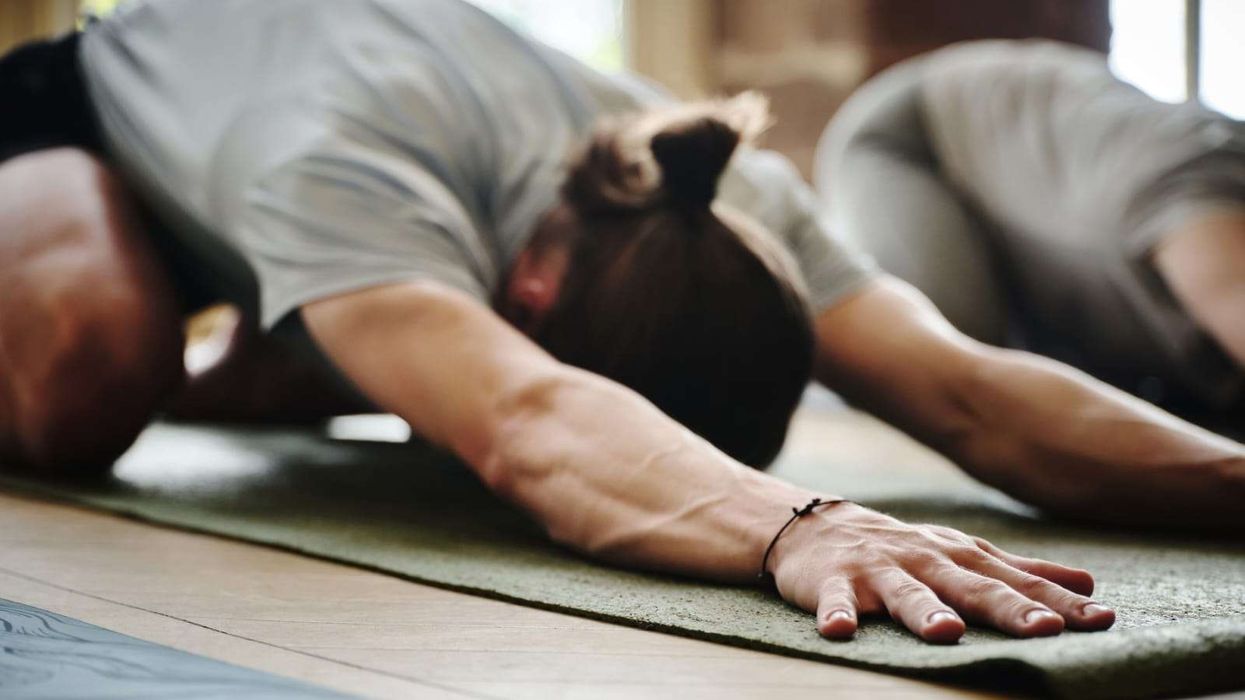BEING an architect by profession meant that Mohammed Salman was always fascinated by the fantastic possibility of living spaces.
This deep interest combined with a strong desire to help others led him towards gaining an expert knowledge on interior design and becoming a popular content creator.
Whether it is advice about designing spaces, help with small DIY projects, cleaning tips, furniture recommendations or connecting over 150,000 followers on Instagram to reliable sources, he has become a great source of inspiration.
Eastern Eye caught up with the co-founder of Tint Tone and Shade Interiors to discuss his content creation journey. He also gave top interior design tips, advice for those living in smaller spaces, working with lower budgets, importance of being organised, home furnishing shopping and cleaning.What got you interested in interior design?
Interiors hold a special attraction for me. It’s about how a space can evoke emotions, create a sense of warmth, and cherish moments with family. Each space is unique, requiring different elements to come together harmoniously, including colours, art, and functionality. This aspect has inspired me deeply, leading me to pursue interior design. Another factor is time. While architecture projects may take years to complete, interior design allows me to bring visions to life quicker.
Where do you learn all your top tips from?
I learn from articles in architecture magazines, from Pinterest, and various Instagram pages related to architecture and interior design.
What are some top interior design tips?
For anyone looking to buy a house or searching for one, I advise them to envision themselves living there, considering the interior lifestyle and functionality. They should assess the kitchen space and overall layout before making a purchase. Considering these factors beforehand can simplify your life.
Another tip is to experiment with a variety of furniture sets. Avoid sticking to a single colour scheme; instead, mix and match different pieces to add an eclectic touch to your interiors.
What advice would you give to those working on a lower budget?
One piece of advice is to strive for simplicity. You don’t always need elaborate paneling; paints can work just as effectively. Similarly, beauty isn’t solely achieved through false ceilings; many modern lighting options integrate seamlessly without the need for elaborate structures. Small decorative touches, such as plants, can impart a luxurious interior feel.
What tip would you give those who have smaller living spaces?
Light, both natural and reflected, creates the illusion of more space. Opt for light-coloured walls, ideally white or cool tones. Strategically placed mirrors can bounce light around the room, making it feel bigger. Likewise, avoid bulky furniture that blocks windows or walkways.
What are common mistakes people make when it comes to interior design?
Sometimes people tend to overdo it with too many colours popping out in different rooms. If you have conflicting design features in the same home, it can end up feeling like a museum or party venue, rather than acosy home. It’s essential to have elements that blend and complement each other.
A lot of people use the ancient art of Vastu Shastra, for interior design layout. What key advice would you give in that regard?
In my perspective, Vastu Shastra focuses on the balance of energies within a building, influenced by elements like wind and light. Managing heat, ensuring ventilation, and providing shade are key considerations. Kitchen layout impacts comfort during cooking, while bedroom and living room setups affect our daily lives. Attention to these details is crucial, as energies significantly impact our well-being. It’s about harmonising these factors to create spaces that nurture positivity and enhance our over all quality of life.
You also give cleaning tips. Can you recommend a good one?
I’ve always noticed that bathroom taps accumulate hard water marks and soap stains. All you need is baking soda, a microfiber cloth, and dish soap. You can use this mixture to clean shower partitions and mirrors as well. Just mix together baking soda and one tablespoon of dish soap in a bowl to create a paste. Apply the paste onto the cloth and use it to clean the surfaces in a circular motion to remove those stains.
How important is being organised when creating a living space?
‘A place for everything and everything in its place’. Clutter can be a significant source of stress. Knowing that everything has a designated spot creates a sense of calm and control over your environment. Imagine wasting time searching for lost keys or important documents! Having a system for storing things saves precious minutes (and frustration) in the long run.
How much difference can good interior design make in terms of property value? Definitely, nobody wants to purchase an empty space. Features like wardrobes and a furnished kitchen significantly enhance the property’s value. It’s crucial. Some people prefer not to start from scratch and instead save time by moving in with their bags and settling down.
What advice you would give when shopping for home interiors?
When shopping for home interiors, prioritise quality over quantity. Invest in furniture that truly serves your needs. A well-made piece will last longer, ultimately saving you money compared to frequently replacing cheaply made items.
What according to you makes for a great living space?
A great living space is characterised by excellent lighting, high-quality furniture, a well-executed paint finish, clutter-free surroundings, and efficient movement within the space.
Instagram: @salmansurfs











